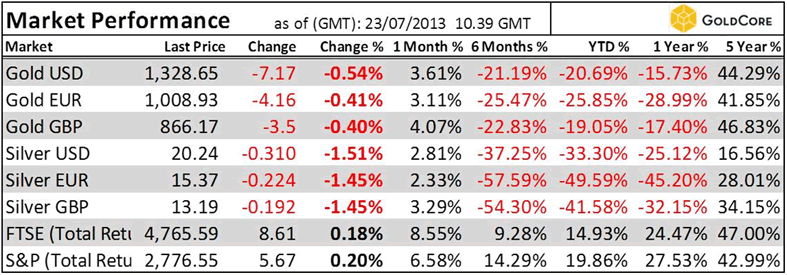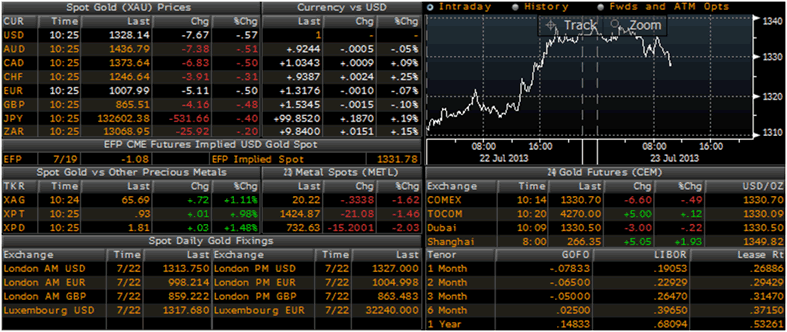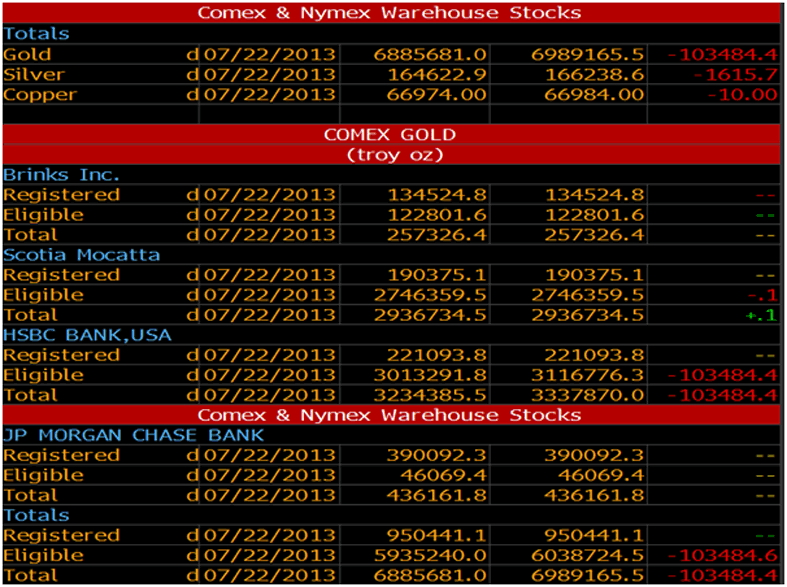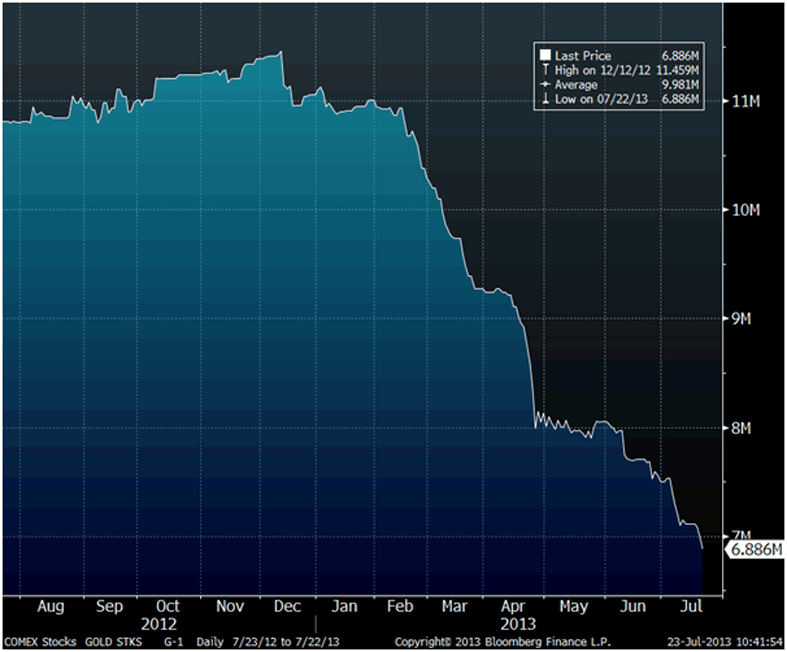Detroit’s Fallout: Muni Illiquidity And Full-Faith-And-Credit Failure
market is almost non-existent.
Municipal finance is in sharp focus after Detroit filed the largest municipal bankruptcy in history and with analyst Whitney warning of more to come. At the moment, Detroit’s (relatively small) $18 billion in GO (general obligation) bonds have had few ripple effects on the $3.7 trillion US municipal market, or on the $100 trillion of global fixed income securities. However, this bankruptcy could eventually lead to significant reappraisals of credit risk, higher funding costs, and legal precedents pertaining to debt creditors and pension ‘guarantees’.
Many fiscal stresses have roots originating from the duplicitous incentive system of elected officials who over the past several decades promised future perks to state and local public employees, but who leave the fulfillment of those promises to successor governors or mayors. In New Jersey for instance, Governor Chris Christie inherited an underfunded pension, mostly caused by 22 years in a row of preceding Governors not paying into the pension system the full amount allocated in the State’s annual budget. Part of Christie’s high popularity in NJ and across the US is due to his plan to save the pension system – a plan that passed the state legislature with bi-partisan support.
Most US cities and states have not made much progress in addressing the legacies of those future promises. Making matters worse is the fact that municipal finances (in recent years) have run deficits despite constitutions that require balanced budgets. Reduced federal subsidies and low economic growth rates after the 2008 financial crisis have further impaired budgets. To bridge the gap, spending cuts are often made to basic social services such as education, road and park maintenance, infrastructure projects, or police and fire. Cuts to pensions or bond creditors are typically skirted due to legal protections.
Michigan’s governor appointed an emergency manager who proposes paying Detroit’s GO bondholders less than 20 cents on the dollar. As for the pensioners, the state constitution refers to accrued pension benefits as “contractual obligations which shall not be diminished or impaired”; yet, with a $9 billion underfunded gap, pensioners expect cuts. At some point, a judge is likely to make a ruling on the legality of cuts to creditors or pensions which could have an impact on market premiums and other public pensions. (The PEW Research Center estimates US pension underfunding as high as $3 trillion).
GO bonds are viewed as relatively safe securities because they are seen as being in the first lean position and ‘guaranteed’ by the taxing authority of the municipality. When problems develop, cuts in services happen, even as taxes rise. The combination drives out residents and businesses. The erosion to basic social services often leads to drops in home values and rising crime, further setting off a negative feedback loop. Therefore, the ability to tax or cut service has its limitations and should not be seen as a solution to ‘guarantee’ creditors, because they destructively undermine the sustainability of the city or state.
The global hunt for yield has probably chased new investors into the Muni market who may not fully understand that in recent years it has become an ‘ownership not rental’ market. In other words, it is unlikely holders of Munis can sell what they own, as liquidity in the secondary market is almost non-existent.
The Detroit bankruptcy filing is no surprise, given that its financial distress can be traced as far back as 1992, when Moody’s downgraded the City’s debt to junk. While ratings did bounce back to IG levels for brief periods, the City has essentially faced worsening budget deficits and liquidity challenges over the last decade.
The Detroit Emergency Manager’s proposal for creditors was unprecedented, at least as far as municipals are concerned, as it essentially tried to flatten the debt priority structure by attempting to impose the same treatment for GO bonds as other forms of debt which are deemed unsecured, including pension obligations, OPEBs, leases and COPs.
The Emergency Manager’s restructuring plan was unlikely to succeed via bilateral agreements and just on the face of it, the Chapter 9 filing could be viewed as mild positive for GO bond holders (especially unlimited GO bondholders) as now more control rests with the bankruptcy judge and standard Chapter 9 rules could apply.
However, the Emergency Manager retains the exclusive rights to file an adjustment plan (unlike Chapter 11, there is no provision in Chapter 9 for creditors to end this exclusivity or propose a competing plan). Thus, the original restructuring plan could serve a baseline for the ultimate settlement and recovery process.
It is still early in the process to predict recovery rates but the unlimited tax GO bond structure provides creditors with a stronger lien on the issuer’s resources and thus recovery rates on this class of debt could be somewhat higher vs. limited tax GOs and other forms of debt which are deemed unsecured. Again, it’s early in the process and there is no precedent for a large city with this level of financial distress.
Detroit’s filing is an isolated case and its fiscal problems are not indicative of the broader municipal credit landscape, in our view. But, the outcome of the bankruptcy process will dictate whether the value of the full faith and credit pledge backing GO bonds will be diminished going forward.
http://www.zerohedge.com/print/476855
Continue Reading









 ?
?
